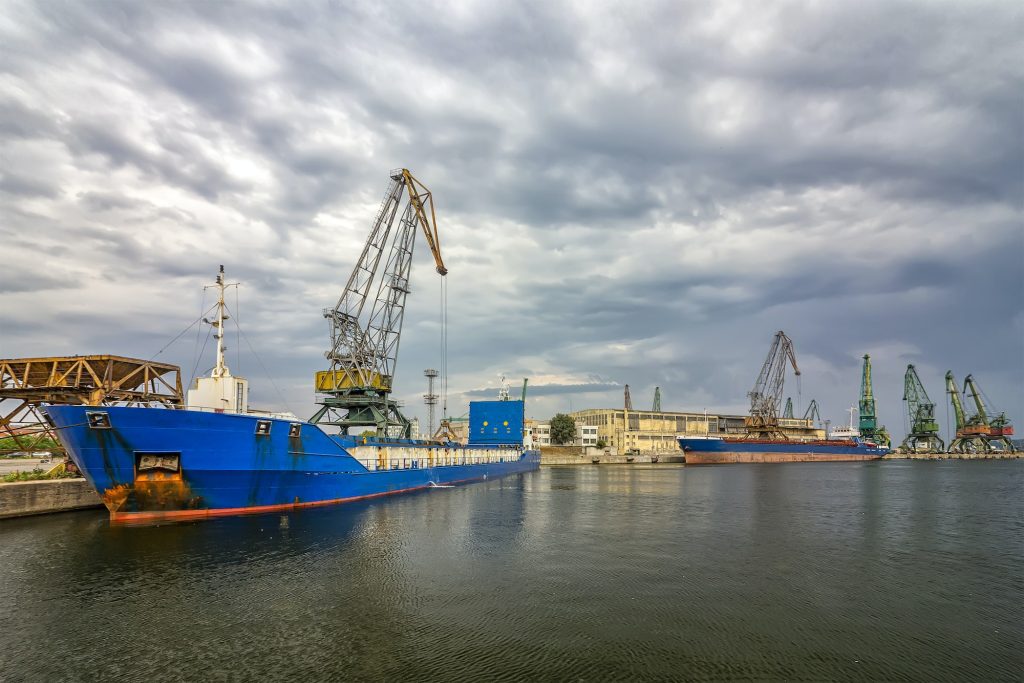As South Korea and Japan work on fixing their troubled relations, trade between the two countries is expected to be the biggest winner as the two East Asian dynamos work on leaving behind their acrimonious past and setting their eyes on the future. Trade between the two countries is expected to hit historic highs soon, as the potential for economic synergy between the two countries is enormous.
Already, Japan has removed export controls related to semiconductors and other industrial materials in South Korea and has relisted the ROK as a preferred trade partner. The move comes amid a litany of other measures aimed at improving economic interdependence, people-to-people interactions, and military cooperation, especially viz-a-viz North Korea.
Despite close economic and cultural ties, the two countries have had a rocky relationship.
Even though Japan and South Korea have a long history of cooperation, cultural exchange and trade, their mutual ties have so far not been the best, owing to Korean grievances over historical Japanese imperialism, colonialism and reticence to make amends.
A particular point of contention between the two countries has been the brutal occupation of the Korean peninsula by Japan in the early 20th century, as well as the issue of ‘comfort women’, Korean women who were forced into slavery by Japan during World War II. While Japan claims it has made adequate apologies and restitution for its past war crimes, South Korea considers not enough to have been done.
Bilateral ties hit a nadir in 2019 after the Supreme Court of South Korea ruled in a landmark judgement that two Japanese firms would have to compensate Korean victims for forced labour and human rights violations in the period 1910-1945. Japan reacted sharply to this, and the resulting controversy led to both countries removing each other from their lists of preferred trade partners, imposing limited embargoes, and downgrading the other in their national strategic policies.
Despite these constant arguments, the two countries have a lot in common, both being technologically advanced economies, vibrant democracies, sharing Confucian and Buddhist values and cultural traditions, as well as having a common strategic interest in dealing with North Korea and China to ensure a ‘free and open Indo-Pacific’.
Towards a more secure and prosperous Asia
This is why the thaw between the countries is being hailed as a momentous occasion, as Japanese PM Fumio Kishida has decided to chart a new course in his nation’s relations with its most important neighbour, and South Korean President Yoon Suk Yeol has reciprocated wholeheartedly. Some of the reasons for this seem to be a stagnating Japanese economy, the North Korean nuclear programme, a resurgent and increasingly bellicose China, as well as pressure from the United States to close ranks and present a united front.
The thaw has been a comprehensive and broad spectrum, encompassing the diplomatic, economic, cultural, and military domains. In the first bilateral meeting between the countries’ leaders in 12 years, the two countries have agreed to set up a fund to compensate forced labour victims; Mr Kishida has invited his South Korean counterpart to the G7 summit in Tokyo later this month, a joint scholarship fund to promote people-to-people interaction will be set up, and both countries have agreed to resume a military intelligence sharing agreement suspended in 2019.
Perhaps the most significant advances have been made on the economic front, with Japan removing the embargoes it had imposed on the export of certain semiconductor raw materials, chemicals, display panels, and other high-tech products to South Korea. Meanwhile, South Korea will drop a complaint it had lodged against Japan at the World Trade Organisation. The two countries have also relisted each other as preferred trade partners, a status that confers minimal trade barriers.
Conclusion
The Biden administration has been fast to praise these developments, calling them ‘historic’ and ‘groundbreaking’. The two countries are economic linchpins of Asia, having grown rich in the export of high-tech products. Their bilateral trade approaches $100 billion, and both have a similar economic structure of vertically integrated family megacorporations (known as keiretsu in Japan and chaebol in Korea).
While a lot of work still remains to be done to leave the past behind and ensure a prosperous future for East Asia, this development is still a big step in the right direction, and further positive developments are expected. The fact that both leaders have risked domestic political fallout to move forward with this rapprochement is an indicator of their commitment and the importance of improved ties to both countries.
